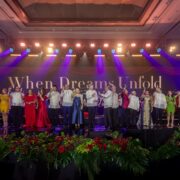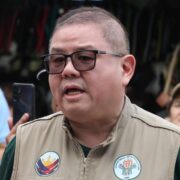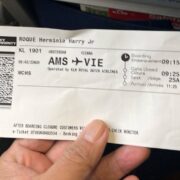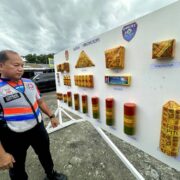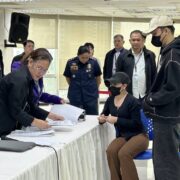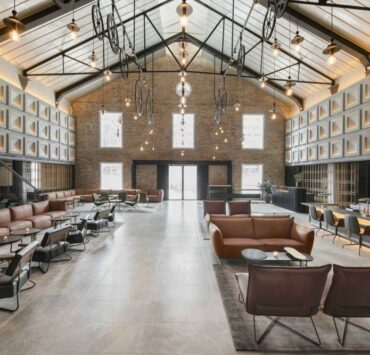Denise Weldon urges viewers to look beyond the familiar
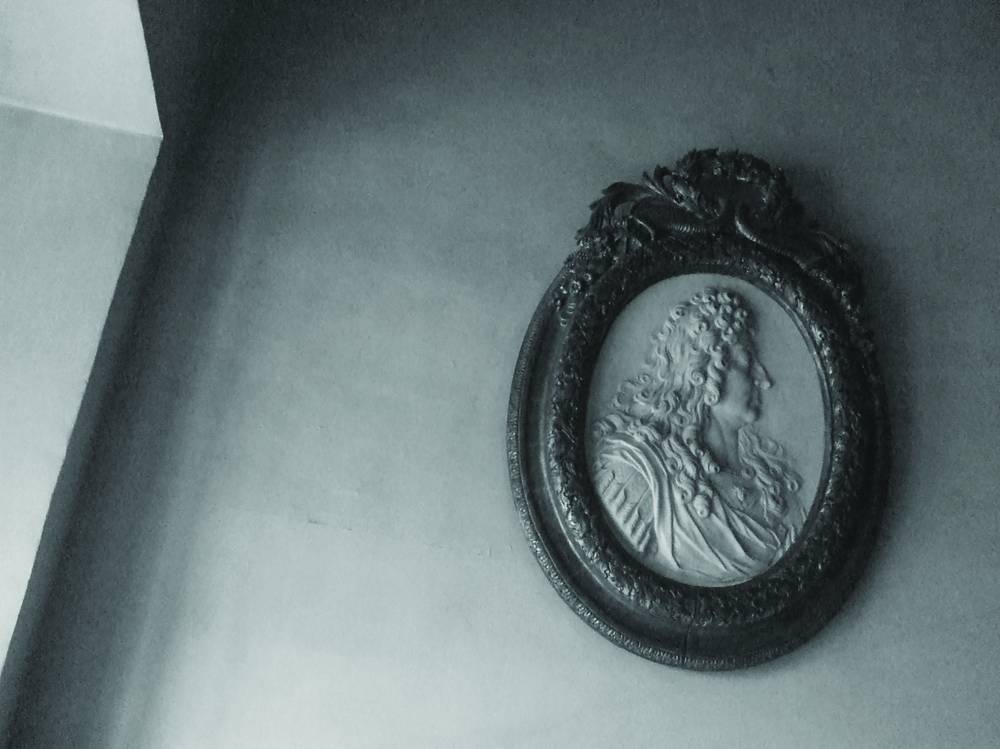
American artist and meditator Denise Weldon’s photography reveals beauty in the ordinary. They are exemplified by her images that include reflections of window panes on the floor of the old Giardini shipyard in Venice, shadows that accentuate the folds of bedsheets, the subdued colors of sugarcane fields in Bacolod, and water droplets that become shimmering spheres against glass.
Her photographs welcome viewers to pause and reflect, aligning with the title of her exhibit, “Witness of the Quiet.” This collateral event of the Art Fair Philippines is displayed at the Yuchengco Museum.
Weldon’s photography, characterized by its monochrome and focus on still-life, flowers, nature, architectural elements, people and details from common objects, prioritizes the subject above all else. While hints of painterly romanticism occasionally surface, her strength lies in unembellished, precisely defined images. Weldon’s empathy, rather than purely aesthetic invention, guides her lens, resulting in powerful photographs bathed in a soft, poetic light. Her fine arts and art history background results in a lighting style that echoes classic paintings, using natural and sophisticated light and shadow to achieve depth, volume, and drama.
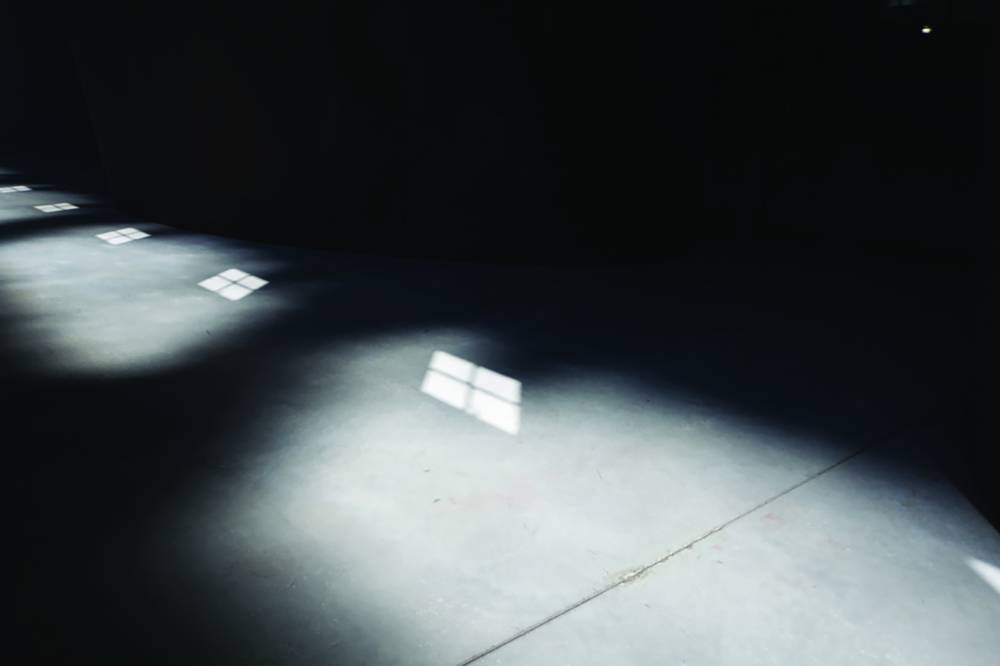
“There is an element of surprise when you shoot with different lights, you truly never know what the camera will give you,” she says. The soft granular effect is from her film photography, while the digital photos display a crispness.
Art consultant Miguel Rosales curated an exhibit showcasing Weldon’s 30-year photographic journey, revealing the introspective nature of her work. An opening photograph, a radish from her “Rooted” series for Art Fair 2020, exemplifies this. “It was a reminder about grounding and making the right choices,” she explains. “This was before the pandemic, a premonition that we needed to be rooted in what’s important in our lives.”
Weldon imbues her crop series with life. The curve of a bitter gourd leaning against a cracked niche evokes a ballerina’s arched foot, while the dried heart of palm serves as a metaphor for aging. “I love going to the market, observing how food tastes, how long it lives, and how it withers,” she says. “I’m always interested in the life process, from freshness to decay. The image is an invitation for us all: How are we aging? Will we do it gracefully, in harmony with nature?”
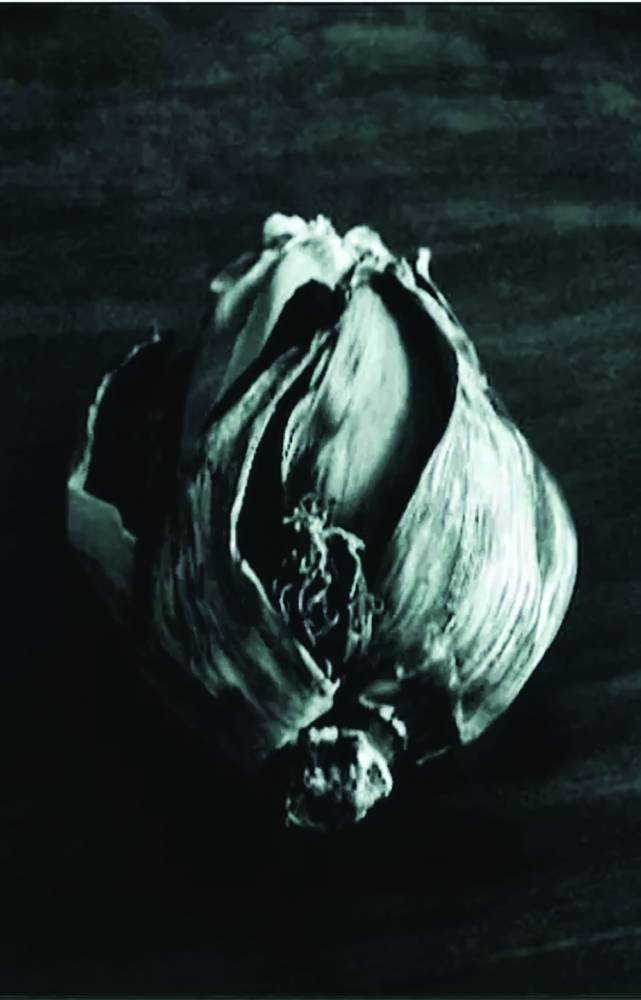
Light source
Softly obscured by a sheer curtain, the abstract patterns of window panes emerge. In this abstraction, the viewer is initially unsure of the subject. However, by observing the fabric’s weave and folds, one begins to understand. Again, this connects with the windows, highlighting the appreciation of light’s source and its interplay with the surroundings.
Another photograph captures people walking across the Caixa Forum’s stainless steel floor, reflecting the fluorescent lights of the building. This adaptive reuse of an old Madrid power station, transformed into an exhibit space by Swiss architecture firm Herzog & de Meuron, exemplifies their signature design approach, emphasizing form, light, and texture.
Whether it was light from the window, a playful dance on the floor or beneath the chair were moments of pure magic for her. Weldon says, “It’s about paying attention to the light’s constant movement around us.”
A silhouette of a leaf against a sheer drape, taken in Weldon’s Malate studio during the early ‘90s, reveals her pursuit of silhouette. “I hung it there because I was after the form,” she recalls. This image is juxtaposed with close-ups of leaves and their ribs, followed by a photograph of a shriveled leaf, showcasing the patina of time.
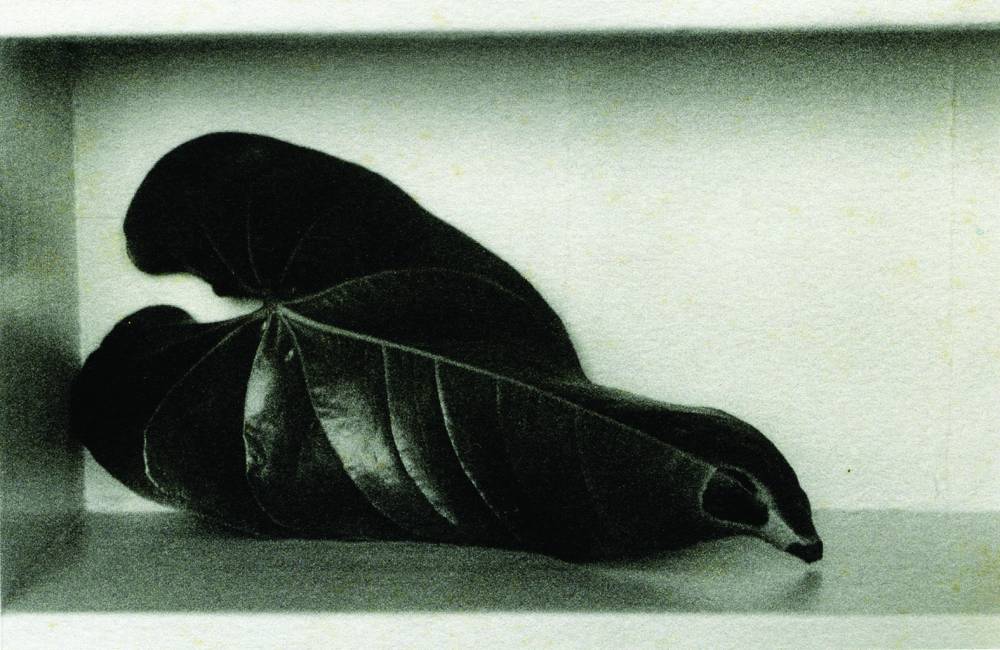
In another image, light gently touches an anthurium leaf. “It’s all very dark and mysterious,” she describes. “You only see the veins, which possess an almost human quality. Like humans, leaves have ribs,” she says. Weldon quotes Austrian philosopher Rudolf Steiner as suggesting that humans, like plants, require light, water, and fire to thrive.
Encouraging viewers to see beyond the familiar, Weldon’s photos of lotus flowers, while a common subject, gain unique depth with her capture of a bee resting within the pistils, taken in Thailand.
Weldon likewise finds inspiration in fleeting moments. On a New York City subway, she photographed a woman’s feet, their pronounced pronation encased in silver shoes, an image that evoked Dorothy’s iconic footwear from “The Wizard of Oz.” “It wasn’t about conventional grace, but about her confident acceptance of her body,” she reflects.
In Paris, a construction worker’s figure, obscured by a plastic sheet and bathed in soft light, acquires an almost ethereal quality.
Reflection
However, it is a high-contrast portrait of painter and family friend Betsy Westendorp that commands attention. Photographed in 1977 by a Madrid window, combining sunlight and studio lighting, the image powerfully accentuates the late painter’s striking features. This portrait is presented alongside a photograph of dried, curled leaves, captured in her studio. “I was fascinated by their transformation,” she says. “Their aged form possessed a unique elegance and grace, a quality I saw mirrored in Betsy.”
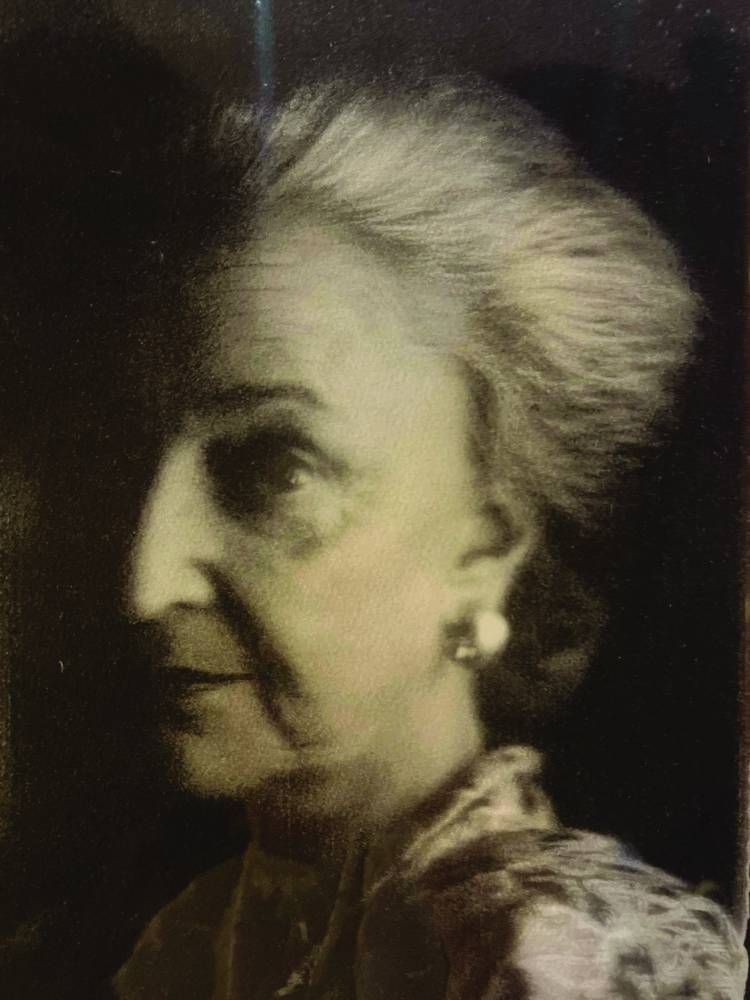
A few years ago, at her “Water Spirit” exhibit at Silverlens Galleries, she explored water’s essence as represented by droplets on a glass pot and the patterns of ripples in this exhibit. Weldon says it was a time of reflection on water’s meaning, and focusing on the play of light and shadow within each molecule. “It’s an invitation to recognize that all elements possess a life force. They have their own beauty,” she says.
Intriguing is a close-up of a French king’s cameo, positioned between the framed words “you” and “are.” Weldon reveals this was part of her “Where Are You Going?” exhibit, a project influenced by Swami Baba Muktananda’s exploration of existence. Rosales chose these words to frame the image, representing a step on the journey. By breaking the question, ‘Where Are You Going?’ into segments, viewers are encouraged to engage in personal contemplation. Hence, it becomes an interactive installation, prompting reflection: Where are you going, what are you doing, what lies ahead?”
“Witness of the Quiet” is on view till March 31 at Yuchengco Museum, RCBC Plaza.

